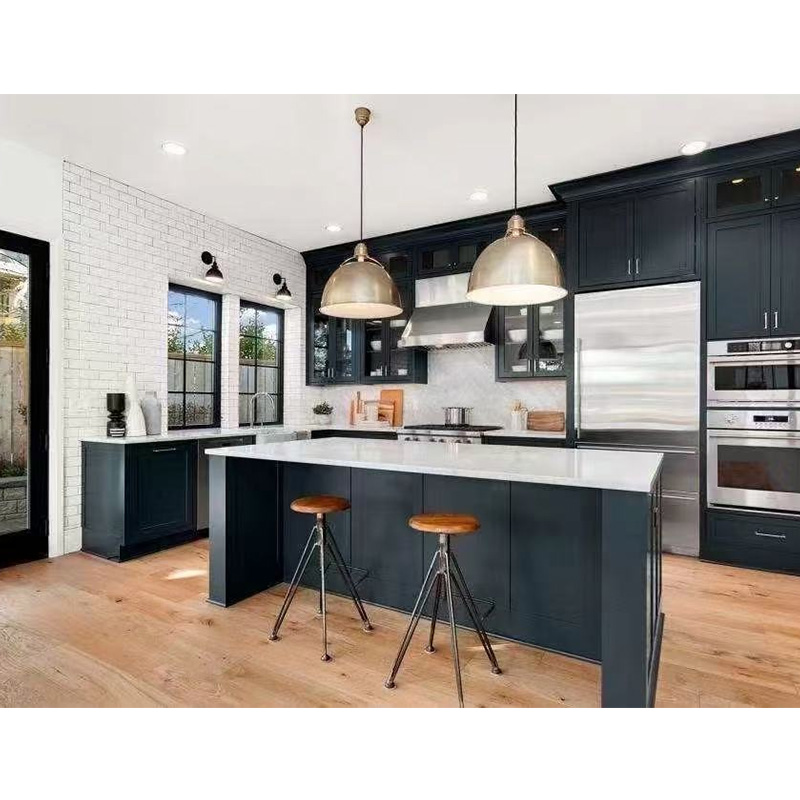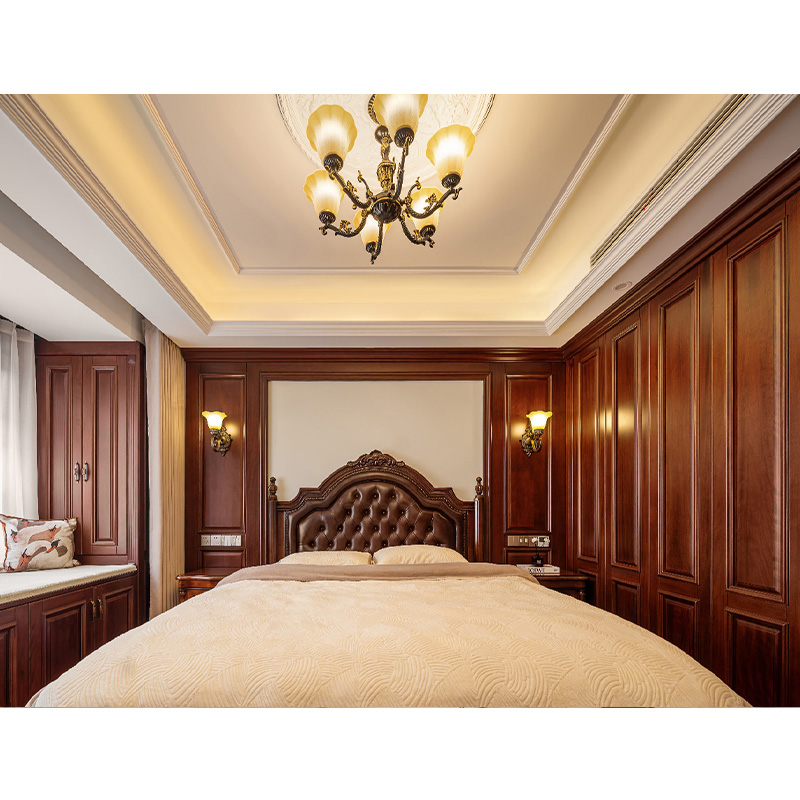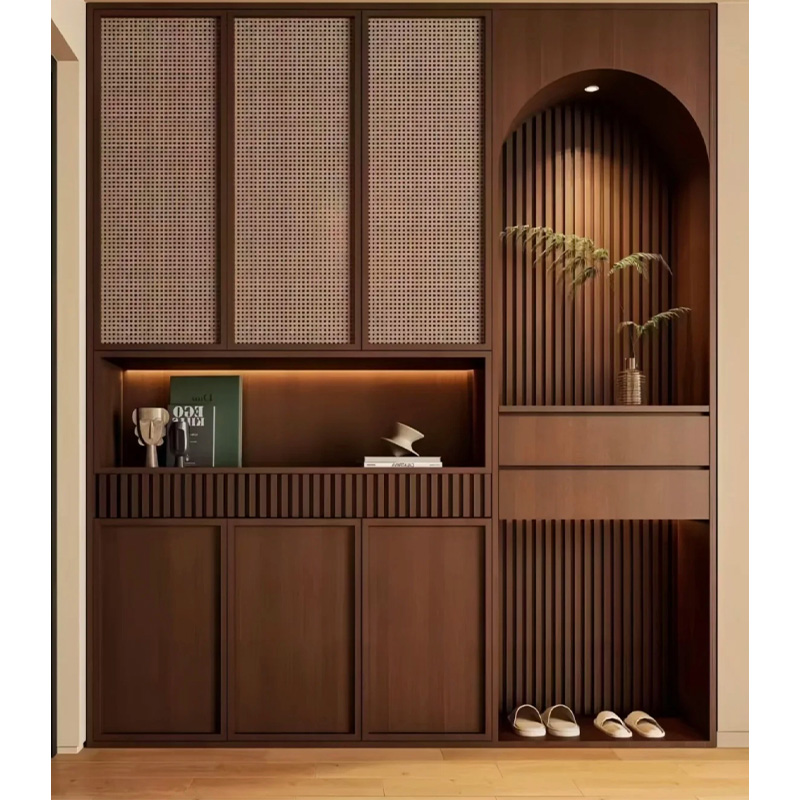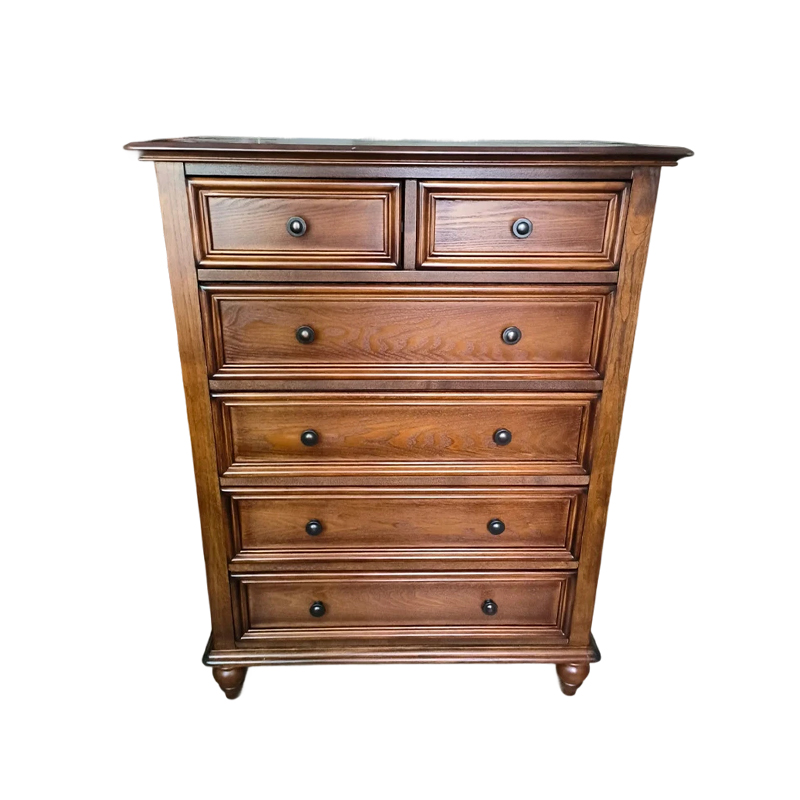Do storage cabinets offer various size combinations and arrangement options?
Release Time : 2025-09-17
In modern public spaces and workplaces, storage cabinets have evolved beyond mere storage functions, becoming an essential element for optimizing space flow, enhancing order, and shaping the aesthetic appeal of the environment. From the bustling hallways of schools to the efficient changing rooms of factories and the busy entrances of shopping malls, different scenarios have vastly different storage needs. If cabinet sizes are fixed and arrangements inflexible, valuable space is wasted, and functionality and accessibility are compromised. Therefore, the ability of a storage cabinet system to offer diverse size combinations and flexible arrangement options directly determines its ability to truly integrate into complex and varied spaces, meeting real-world needs.
An ideal storage cabinet system should be as flexible as building blocks. It shouldn't have a predetermined form, but rather allow for free combination based on space dimensions and traffic flow. Narrow hallways might require a row of tall, narrow cabinets to minimize space obstruction; spacious changing rooms suit horizontally arranged multi-door units for simultaneous use; and entrance halls can use staggered layouts, alternating large and small cabinets for visual appeal and functionality. This flexibility allows the same storage system to seamlessly adapt to different buildings, floors, and even different uses, achieving a balance between standardized production and personalized application.
The diversity of sizes reflects a deep understanding of user behavior. Small cabinets are suitable for storing personal items like phones, keys, and wallets, commonly used in gyms, swimming pools, or offices; medium-sized cabinets accommodate backpacks, coats, or work clothes, suitable for schools, hospitals, or factories; and large cabinets store suitcases, sports equipment, or protective gear, common in transportation hubs or sports venues. Through modular design, these cabinets of varying heights and widths can be installed side-by-side, stacked vertically, or arranged in L-shape, U-shape, or island configurations, adapting to complex structures like corners, niches, or around columns.
Standardized connection methods are the foundation for flexible arrangement. Hidden connection structures allow cabinets to be tightly joined without additional supports or complex tools, ensuring stability and a clean, unified appearance. The base and top panels are optional, allowing for either floor-mounted installation for enhanced stability or a suspended design for easy floor cleaning. Some systems also support back-to-back configurations, creating a double-sided structure suitable for central locations, maximizing space utilization.
In practical applications, this flexibility translates into respect for space and consideration for users. Designers don't need to compromise architectural layouts to accommodate cabinet sizes, and managers can easily add or remove cabinets as needed. When a company relocates or space functions change, the existing storage cabinets can be disassembled and reconfigured, continuing to serve their purpose and avoiding waste. This adaptability not only reduces long-term costs but also embodies sustainable design principles.
More importantly, a well-designed arrangement can guide pedestrian flow and optimize traffic patterns. In entrance areas, storage cabinets are placed along the wall, creating natural traffic flow; in changing rooms, they are arranged in opposing rows, leaving ample space for movement; in narrow corridors, single rows of tall cabinets with tapered tops minimize visual clutter. Each layout responds to the spatial rhythm, balancing functionality and aesthetics.
When a set of storage cabinets is placed in a corner, its significance lies not only in "how much it can hold," but also in "how it interacts with the space." True design wisdom lies not in standardizing products, but in offering choices—adapting the cabinets to people, and making the space serve life. In the ever-changing demands of various environments, flexible dimensions and arrangement options are key to transforming storage cabinets from mere "tools" into "space solutions."
An ideal storage cabinet system should be as flexible as building blocks. It shouldn't have a predetermined form, but rather allow for free combination based on space dimensions and traffic flow. Narrow hallways might require a row of tall, narrow cabinets to minimize space obstruction; spacious changing rooms suit horizontally arranged multi-door units for simultaneous use; and entrance halls can use staggered layouts, alternating large and small cabinets for visual appeal and functionality. This flexibility allows the same storage system to seamlessly adapt to different buildings, floors, and even different uses, achieving a balance between standardized production and personalized application.
The diversity of sizes reflects a deep understanding of user behavior. Small cabinets are suitable for storing personal items like phones, keys, and wallets, commonly used in gyms, swimming pools, or offices; medium-sized cabinets accommodate backpacks, coats, or work clothes, suitable for schools, hospitals, or factories; and large cabinets store suitcases, sports equipment, or protective gear, common in transportation hubs or sports venues. Through modular design, these cabinets of varying heights and widths can be installed side-by-side, stacked vertically, or arranged in L-shape, U-shape, or island configurations, adapting to complex structures like corners, niches, or around columns.
Standardized connection methods are the foundation for flexible arrangement. Hidden connection structures allow cabinets to be tightly joined without additional supports or complex tools, ensuring stability and a clean, unified appearance. The base and top panels are optional, allowing for either floor-mounted installation for enhanced stability or a suspended design for easy floor cleaning. Some systems also support back-to-back configurations, creating a double-sided structure suitable for central locations, maximizing space utilization.
In practical applications, this flexibility translates into respect for space and consideration for users. Designers don't need to compromise architectural layouts to accommodate cabinet sizes, and managers can easily add or remove cabinets as needed. When a company relocates or space functions change, the existing storage cabinets can be disassembled and reconfigured, continuing to serve their purpose and avoiding waste. This adaptability not only reduces long-term costs but also embodies sustainable design principles.
More importantly, a well-designed arrangement can guide pedestrian flow and optimize traffic patterns. In entrance areas, storage cabinets are placed along the wall, creating natural traffic flow; in changing rooms, they are arranged in opposing rows, leaving ample space for movement; in narrow corridors, single rows of tall cabinets with tapered tops minimize visual clutter. Each layout responds to the spatial rhythm, balancing functionality and aesthetics.
When a set of storage cabinets is placed in a corner, its significance lies not only in "how much it can hold," but also in "how it interacts with the space." True design wisdom lies not in standardizing products, but in offering choices—adapting the cabinets to people, and making the space serve life. In the ever-changing demands of various environments, flexible dimensions and arrangement options are key to transforming storage cabinets from mere "tools" into "space solutions."







